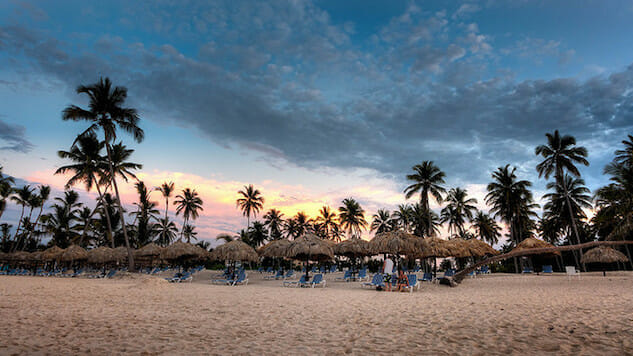Breakout Role: Dominican Republic

Never thought of visiting the Dominican Republic? Well, you might be soon. In our Breakout Role series, we take a look at places that have seen huge increases in tourism in the last few years, and try to figure out what’s causing all the hype.
It’s no surprise that the Dominican Republic is a thriving tourist destination. When thinking of the Caribbean nation, images of tranquil, crystal blue beaches and luxurious all-inclusive hotels probably come to mind first and foremost.
This association seems to be mostly accurate, too. The country’s resorts have been listed by Forbes, Conde Nast Traveler and Travel + Leisure as some of the world’s best—and that’s just in the past four months.
The prestige and acclaim of the Dominican Republic’s resorts have led to a steady rise in tourism over the course of the last 20 years, one that has seen the country’s annual international visitors increase from around 1.8 million in 1995 to 5.6 million in 2015. Additionally, 2016 was almost certainly the best year yet for Dominican tourism, with the number of incoming tourists likely totaling at around 6 million once the final figures are tallied up and released publicly.
![]()
Lights
 Photo: Sarah Ackerman, CC-BY
Photo: Sarah Ackerman, CC-BY
A large part of this sustained growth can be found in a country just a two-hour flight to the northwest—the United States. Americans make up the largest group of travelers arriving in the Dominican Republic each year, comprising of almost 25 percent of the nation’s international tourists in 2015.
But it wasn’t always this way. According to Sven Hombolm, founder of destination management company called Dominican Tours the country used to be a hotspot for Western European vacationers, not North Americans.
“There’s been a very significant Americanization of tourism to the Dominican Republic,” Hombolm says.
Since starting his company in 1994, Hombolm has seen the country adjust its hospitality industry to better accommodate increasing American interest. He notes a number of changes, including the addition of air conditioning in restaurants, the construction of walk-in pools and even an emphasis on teaching English in schools, all of which work to improve the experience of visitors from the U.S.
-

-

-

-

-

-

-

-

-

-

-

-

-

-

-

-

-

-

-

-

-

-

-

-

-

-

-

-

-

-

-

-

-

-

-

-

-

-

-

-

 Photo:
Photo:  Photo:
Photo: 






































